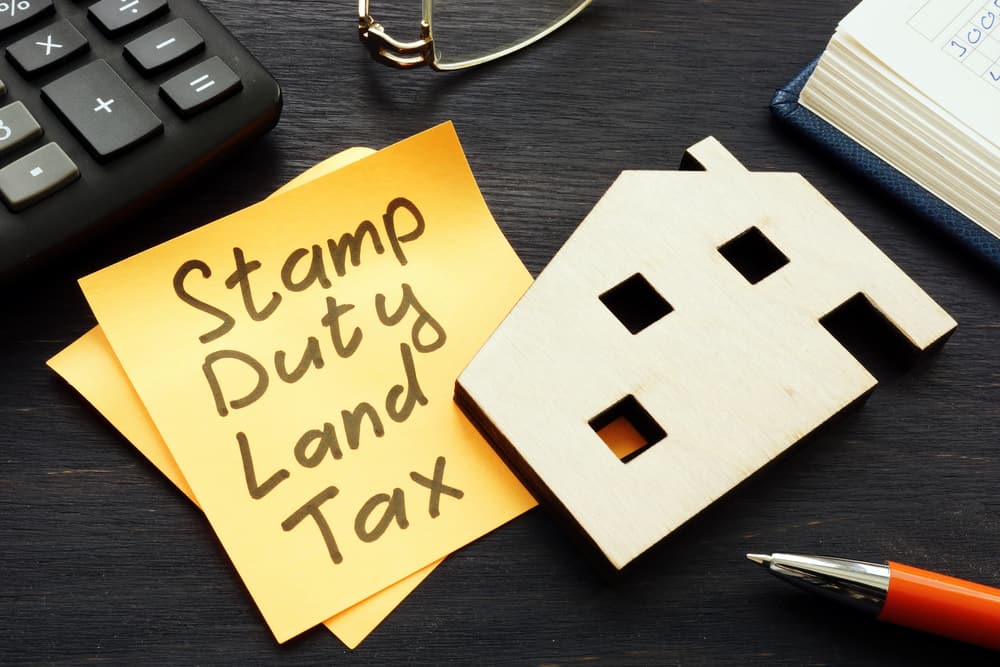
Figures show the average number of buyers per branch a month rose by more than 100 between July 2020 and August 2021, during the holiday.
There were an average of 445 buyers per branch during that time, higher than average of 340 between April 2019 and June 2020, before the stamp duty holiday.
Sales agreed per branch also rose 41% to an average of 11.3 a month between July 2020-August 2021, higher than the eight recorded in the 14-months prior.
Between July 2020 and August 2021, 45% of monthly agreed sales were less than the asking price, as opposed to 80% in the 14 months prior.
More instead sold above the asking price – an average of 19% during the stamp duty holiday as opposed to just 4% in the months before it was introduced.
At its peak, 40% of sales agreed were above the asking price in June 2021.
Office for National Statistics (ONS) figures also show average house prices increased in England to £271,000 (7% higher) and £153,000 (9% higher) in Northern Ireland in the 12 months after the stamp duty holiday came into force, between July 2020 and July 2021.
ONS figures also show the number of transactions rose by a quarter during the stamp duty holiday compared to the previous 12 months.
In England, sales rose 25.8% from 1,121,180 to 1,410,970, while they rose 26.5% in Northern Ireland from 29,550 to 37,400.
Mark Hayward, chief policy adviser at Propertymark, said: “When we campaigned for the introduction of a temporary Stamp Duty Land Tax holiday, we hoped it would help increase confidence and consumer spending in the housing market and play a crucial role in restarting our economy.
“It has done just that and has been a great success, creating a healthy and flowing market which has encouraged more people to buy and sell – as evidenced by our own Housing Market Reports which have seen an increase in the average number of buyers and sales agreed.
“With the holiday at an end, it is now timely to review the outdated levels at which people start paying stamp duty to reflect market demand, average house price and wage growth, given the basic, pre-COVID rates have not changed since 2014.”



